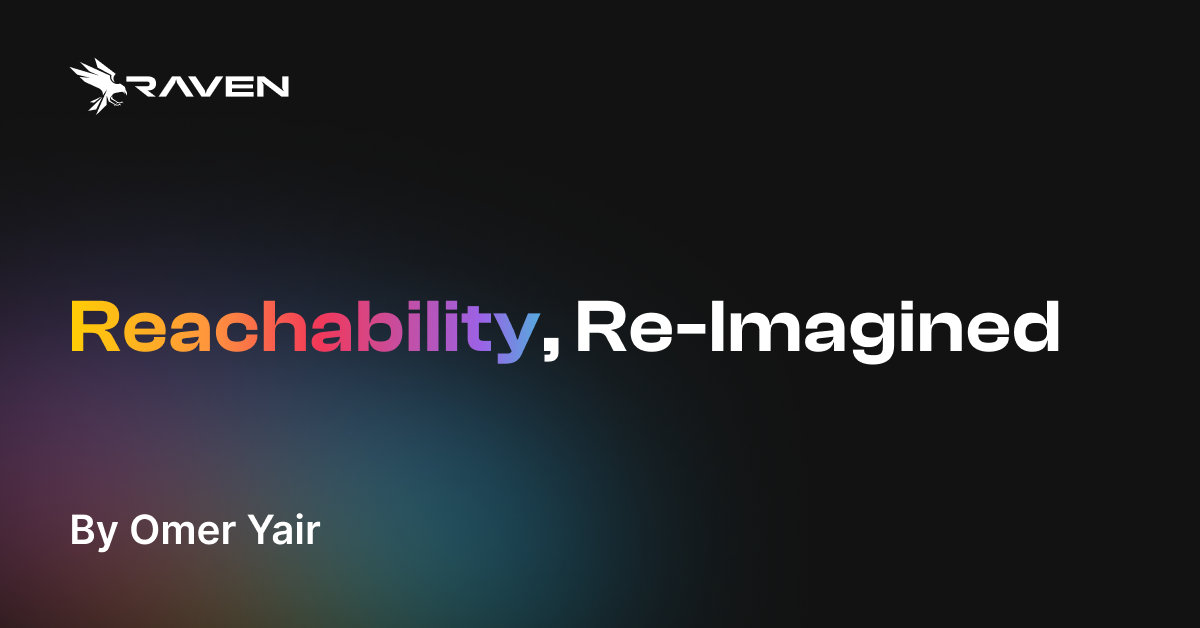Transitive Dependencies
Transitive dependencies are indirect dependencies in software applications or projects. Specifically, they refer to libraries or modules that your code doesn’t directly import or use but are instead required by the libraries or modules you do use directly. These hidden dependencies significantly impact your software's security and stability, as vulnerabilities within them can quietly affect your entire system.
Managing transitive dependencies is challenging due to their complexity and obscurity. They can create intricate dependency trees, complicating maintenance and increasing risks like version conflicts and security vulnerabilities. Raven’s dependency path and detailed Software Bill of Materials (SBOM), provide the essential tools to effectively mitigate these risks and ensure application reliability and security.
Managing transitive dependencies is challenging due to their complexity and obscurity. They can create intricate dependency trees, complicating maintenance and increasing risks like version conflicts and security vulnerabilities. Raven’s dependency path and detailed Software Bill of Materials (SBOM), provide the essential tools to effectively mitigate these risks and ensure application reliability and security.


Accelerate Fixes with Full Visibility
Expedite Remediation
Raven visualizes complete dependency paths, enabling developers to quickly identify and remediate vulnerabilities.

Expose Hidden Risks
Raven maps full dependency paths, revealing vulnerabilities buried deep in transitive dependencies that traditional tools often miss.

Simplify Complexity
Raven untangles complex dependency trees, making it easier to manage, assess, and secure your entire stack.

Check out more Use Cases

Eliminate the Exposure Window
Learn More

CVSS 10 With No Risk
Learn More

Stop Application Attacks
Learn More
Reduce your CVE noise by 99% today!
Oops! Something went wrong while submitting the form.

Blog
.png)
Security
A deep analysis of React Meltdown (CVE-2025-55182) RCE in RSC Flight protocol—and why WAF rule patches fail to protect modern React and Next.js apps.
Read more

Security
Learn why true reachability means detecting executed vulnerable code, not just used libraries, and how this shift cuts SCA noise by 97%.
Read more
.png)
Product
Learn how to debug eBPF verifier errors, manage instruction count limits, and optimize your eBPF programs for performance and safety. Discover practical tips on tail calls, maps, helper functions, and measuring instruction counts effectively.
Read more

.svg)



.avif)

